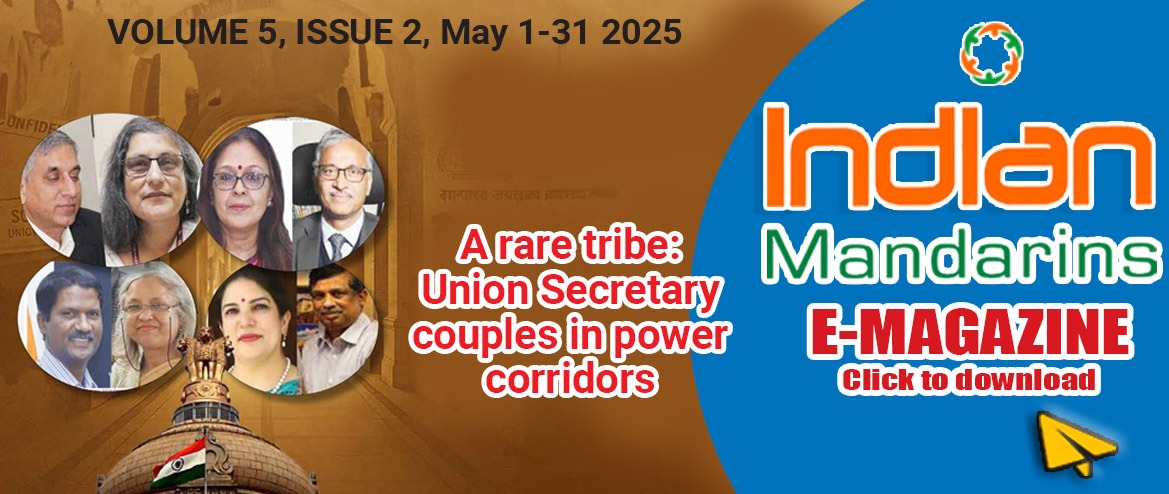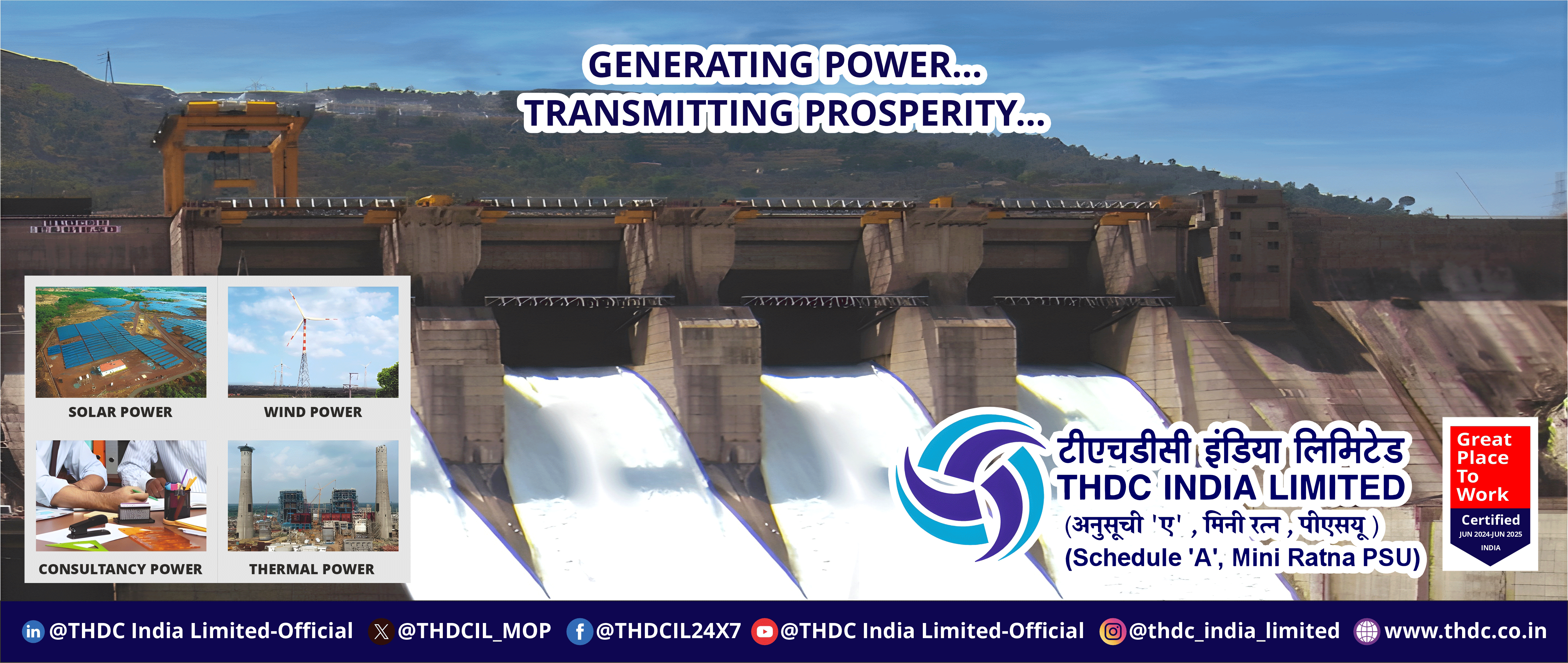TO RECIEVE EXCLUSIVE POSTS AND NEWS
The Ministry of Railways may review the performance of its
employees to determine their suitability for continuation in their jobs. In
group A and B, the performance of officers aged 50 and in group C and D,
employees above 55 years, are to be reviewed. Besides, the performance of
officers and employees who have completed 30 years of service may also be
reviewed. The Ministry's proposal for review follows a directive issued
last month by the Department of Personnel and Training (DoPT). After considering the DoPT directive, the Railway Board on
Tuesday advised the zonal railways and production units to assess the
performance of employees. One of the reportedly controversial guidelines for
identifying employees for early retirement states that if the conduct of an
employee is not deemed in public interest or obstructs the efficiency in public
service, they can be recommended for premature retirement. It is expected that the plan for premature retirement of
employees, in particular, may run into serious obstacles because the railways
have strong unions. On the other hand, the government may not face that kind of
opposition in weeding out Group A & B officers whose associations have no
deterrence power. The plan, if implemented unwisely, may disrupt railways
functioning which is already short of 2.9 workers and officers at various
levels. Official records show that, as on March 31, 2017, the
strength of railway employees was 13,08,323 and over 2.9 lakhs posts were
vacant. Further, from 2013, about 22,000 to 25,000 railway employees have been
inducted into the service every year, while the retirement rate was 55,000 to
60,000 a year.
Readers' Choice
R K Sharma is the new Rajasthan DGP 19 hours ago
Centre swings surprise, Gujarat DGP gets extension in service 20 hours ago
Tenure of Chhattisgarh Chief Secretary extended 30 Jun 2025
Rajesh Kumar appointed as Chief Secretary of Maharashtra 30 Jun 2025
Saswata Mishra appointed Principal Secretary to Odisha CM 30 Jun 2025
Railways may retrench officers and employees
By IndianMandarins - 2019-07-14 11:55:01

The Ministry of Railways may review the performance of its
employees to determine their suitability for continuation in their jobs. In
group A and B, the performance of officers aged 50 and in group C and D,
employees above 55 years, are to be reviewed. Besides, the performance of
officers and employees who have completed 30 years of service may also be
reviewed.
The Ministry's proposal for review follows a directive issued last month by the Department of Personnel and Training (DoPT).
After considering the DoPT directive, the Railway Board on Tuesday advised the zonal railways and production units to assess the performance of employees.
One of the reportedly controversial guidelines for identifying employees for early retirement states that if the conduct of an employee is not deemed in public interest or obstructs the efficiency in public service, they can be recommended for premature retirement.
It is expected that the plan for premature retirement of employees, in particular, may run into serious obstacles because the railways have strong unions. On the other hand, the government may not face that kind of opposition in weeding out Group A & B officers whose associations have no deterrence power.
The plan, if implemented unwisely, may disrupt railways functioning which is already short of 2.9 workers and officers at various levels.
Official records show that, as on March 31, 2017, the strength of railway employees was 13,08,323 and over 2.9 lakhs posts were vacant. Further, from 2013, about 22,000 to 25,000 railway employees have been inducted into the service every year, while the retirement rate was 55,000 to 60,000 a year.























